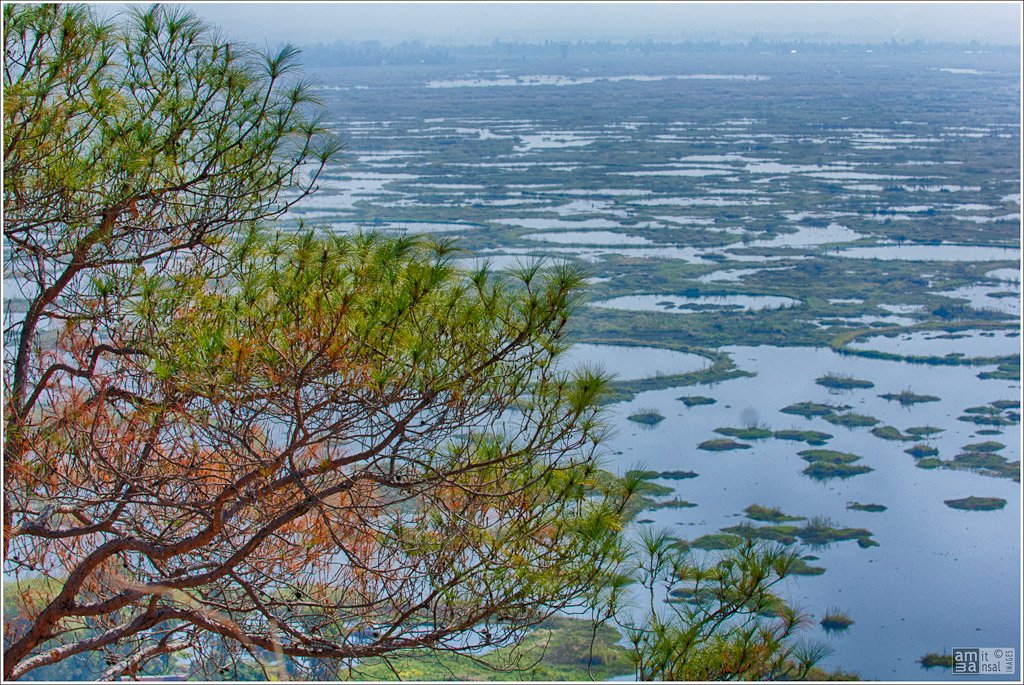India is home to a plethora of natural wonders that captivate the imagination and stir the soul. Among these marvels, the floating islands of Loktak Lake stand out as a unique and mesmerizing spectacle. Located in the northeastern state of Manipur, Loktak Lake is the largest freshwater lake in Northeast India and is famed for its peculiar floating islands, known as “phumdis.” These islands hold a special place in the local culture and ecosystem, and their enchanting beauty has drawn visitors from around the world. This article delves into the fascinating aspects of Loktak Lake and explores the ecological, cultural, and scientific significance of its floating islands.
The Geographical Marvel of Loktak Lake

Loktak Lake is nestled in the Bishnupur district of Manipur, covering an area of approximately 287 square kilometers. It is situated at an altitude of 768.5 meters above sea level, surrounded by verdant hills that enhance its picturesque scenery. The lake is primarily fed by the Manipur River and several smaller streams, making it an essential water resource for the region. Loktak is not only a geographical marvel but also a vital part of the region’s hydrology, biodiversity, and cultural heritage.
The Unique Phumdis of Loktak Lake
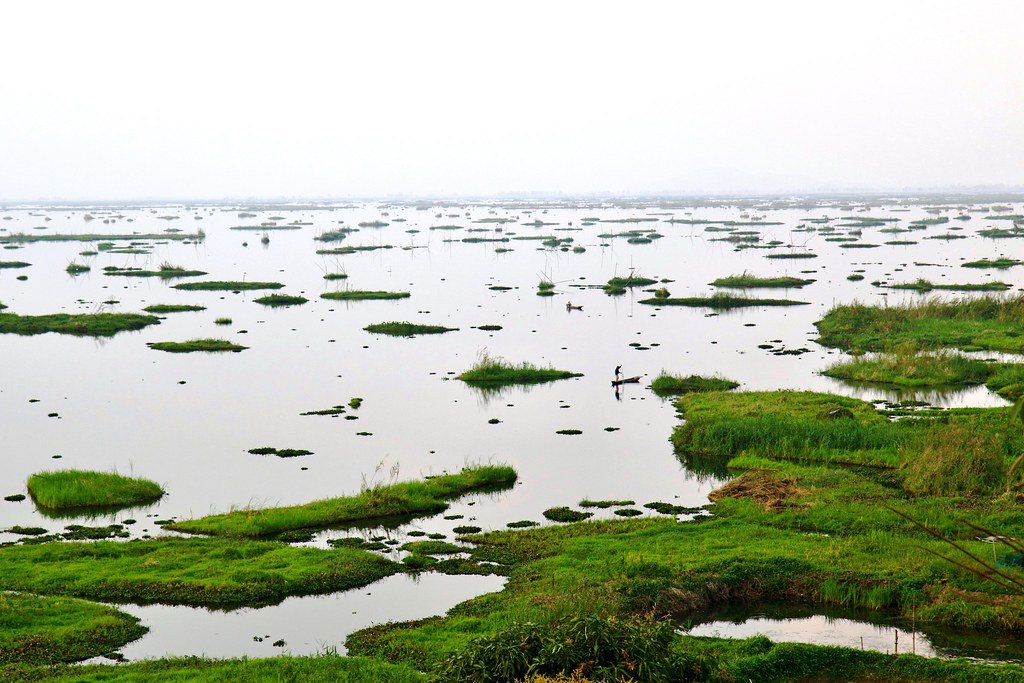
Phumdis are heterogeneous masses of vegetation, soil, and organic matter that decompose over time, forming floating islands on the surface of Loktak Lake. These islands vary greatly in size and shape and can sometimes support small trees and wildlife. What makes phumdis particularly intriguing is their ability to float, allowing them to drift across the lake’s surface. The largest phumdi covers about 40 square kilometers and forms the Keibul Lamjao National Park — the only floating national park in the world.
Ecological Significance of Phumdis
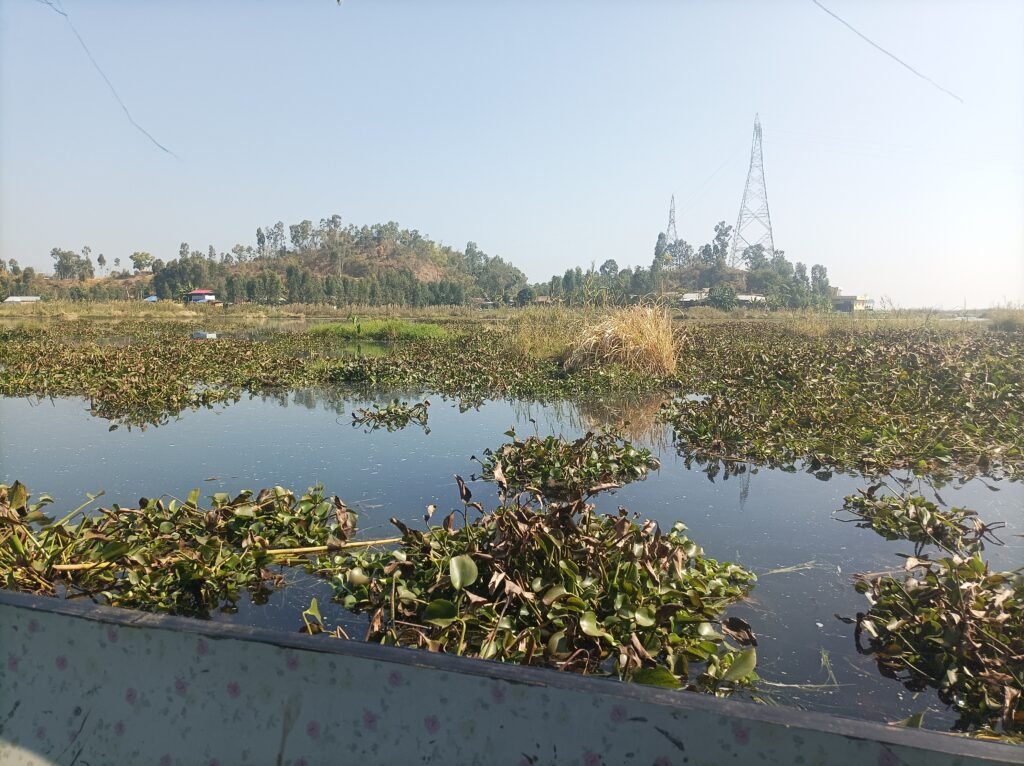
The phumdis are critical to the ecological balance of Loktak Lake, providing a habitat for a diverse range of plant and animal species. The porous structure of phumdis allows for the exchange of gases and nutrients between the water and the islands, fostering a unique ecosystem. This ecosystem supports aquatic life, including rare and endangered species like the Sangai deer, which is native to the region and exclusively found in the Keibul Lamjao National Park.
Cultural Importance to the Local Communities
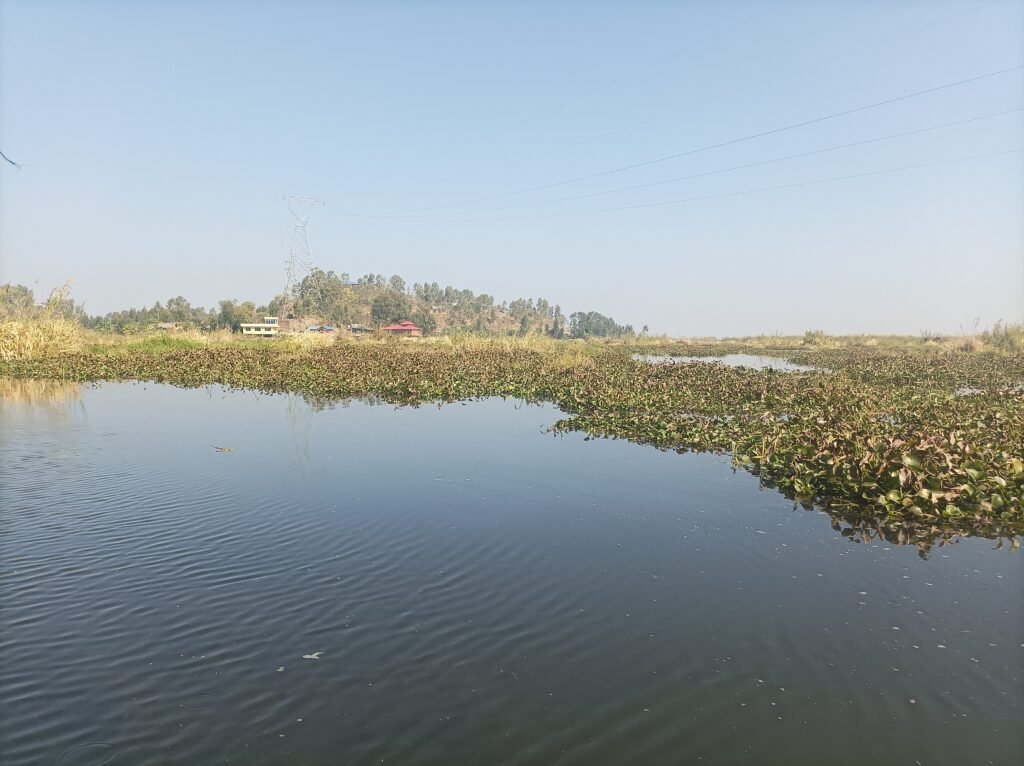
For the local communities, the floating islands of Loktak Lake have immense cultural and economic significance. The indigenous people, primarily the Meitei community, have lived in harmony with the lake for generations. The phumdis provide resources for traditional fishing practices, agriculture, and even settlement. The local culture is deeply intertwined with the lake, which is considered sacred and is central to numerous festivals and rituals.
Conservation Efforts and Challenges
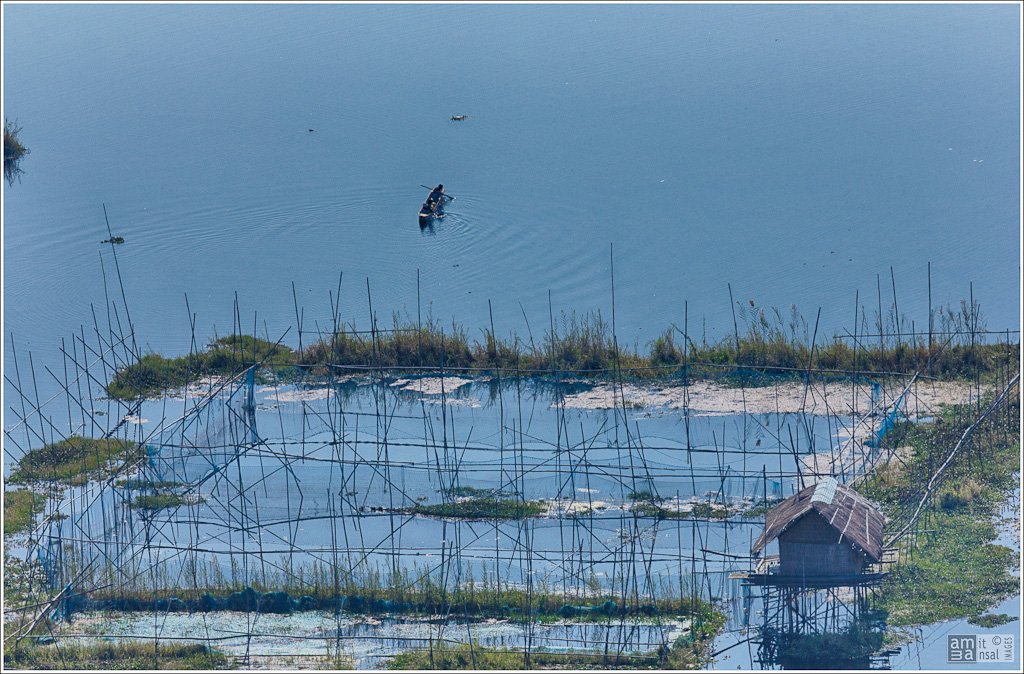
Despite its natural beauty and ecological importance, Loktak Lake faces significant conservation challenges. Pollution, encroachment, and climate change threaten the delicate balance of the lake’s ecosystem. Efforts are underway to preserve this natural wonder, including initiatives by the government and non-profit organizations to restore the phumdis and regulate human activities around the lake. However, sustainable management and community participation are crucial to ensuring the long-term health of Loktak Lake.
Scientific Interest in Phumdis
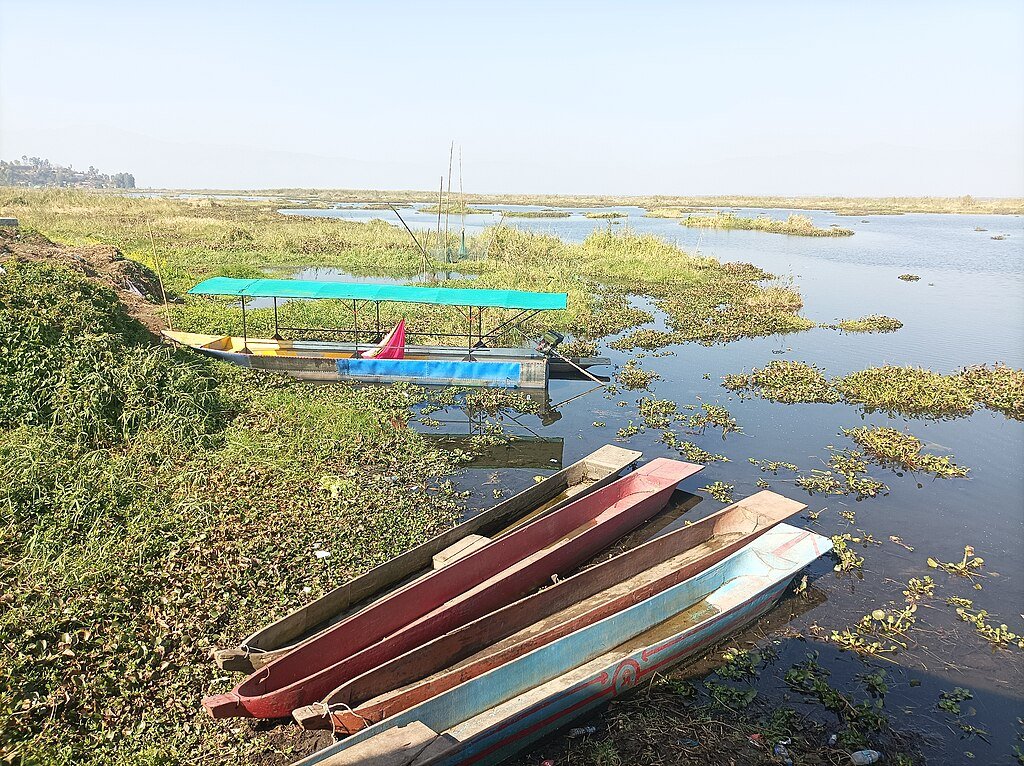
Scientists and researchers are fascinated by the unique structure and dynamics of phumdis. Studies have been conducted to understand their formation, growth patterns, and ecological role. The floating islands offer insights into natural wetland processes and biodiversity conservation, providing a living laboratory for environmental and ecological research.
Tourism and Loktak’s Allure

The enchanting beauty of Loktak Lake and its floating islands has made it a popular tourist destination. Visitors are drawn to the area’s serene landscapes, vibrant biodiversity, and cultural richness. Responsible and eco-friendly tourism can help generate income for local communities while promoting awareness about the importance of preserving this unique natural wonder.
The Future of Loktak Lake
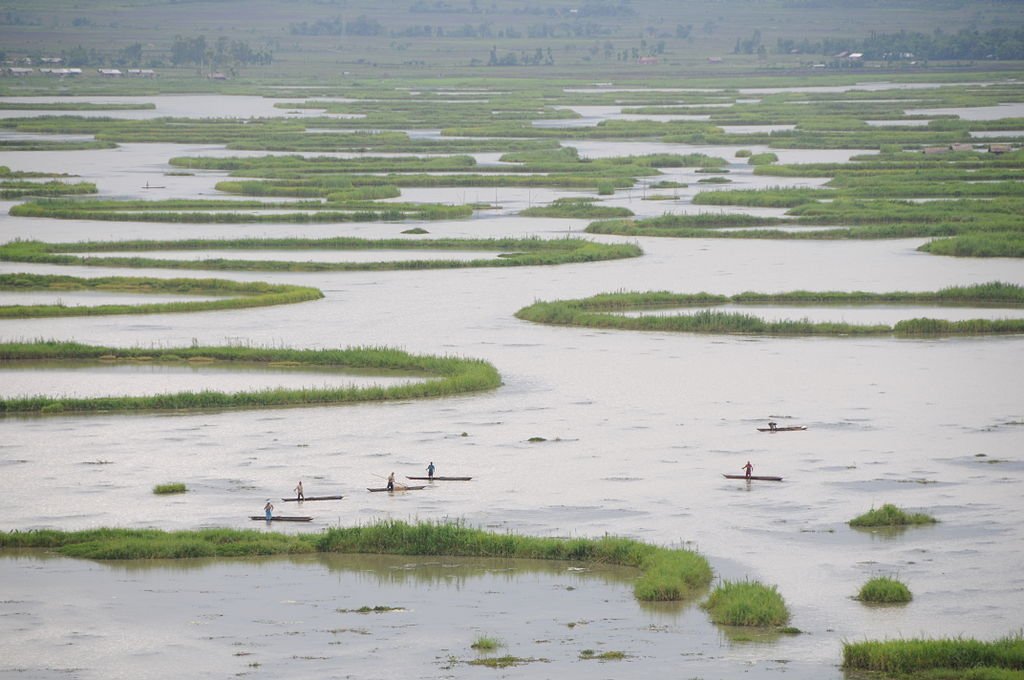
Ensuring the future of Loktak Lake requires a multifaceted approach that balances conservation efforts, sustainable development, and community involvement. Stakeholders, including local residents, government bodies, and conservation organizations, must collaborate to address the challenges and opportunities that lie ahead. By doing so, Loktak Lake can continue to thrive and inspire future generations.
Conclusion: Preserving a Natural Treasure

Loktak Lake, with its captivating floating islands, stands as a testament to the intricate beauty and complexity of nature. Its ecological, cultural, and scientific significance underscores the need for diligent efforts to protect and preserve this extraordinary natural phenomenon. As we continue to explore and understand the wonders of Loktak, it remains a vital reminder of the importance of safeguarding our planet’s irreplaceable natural heritage.

